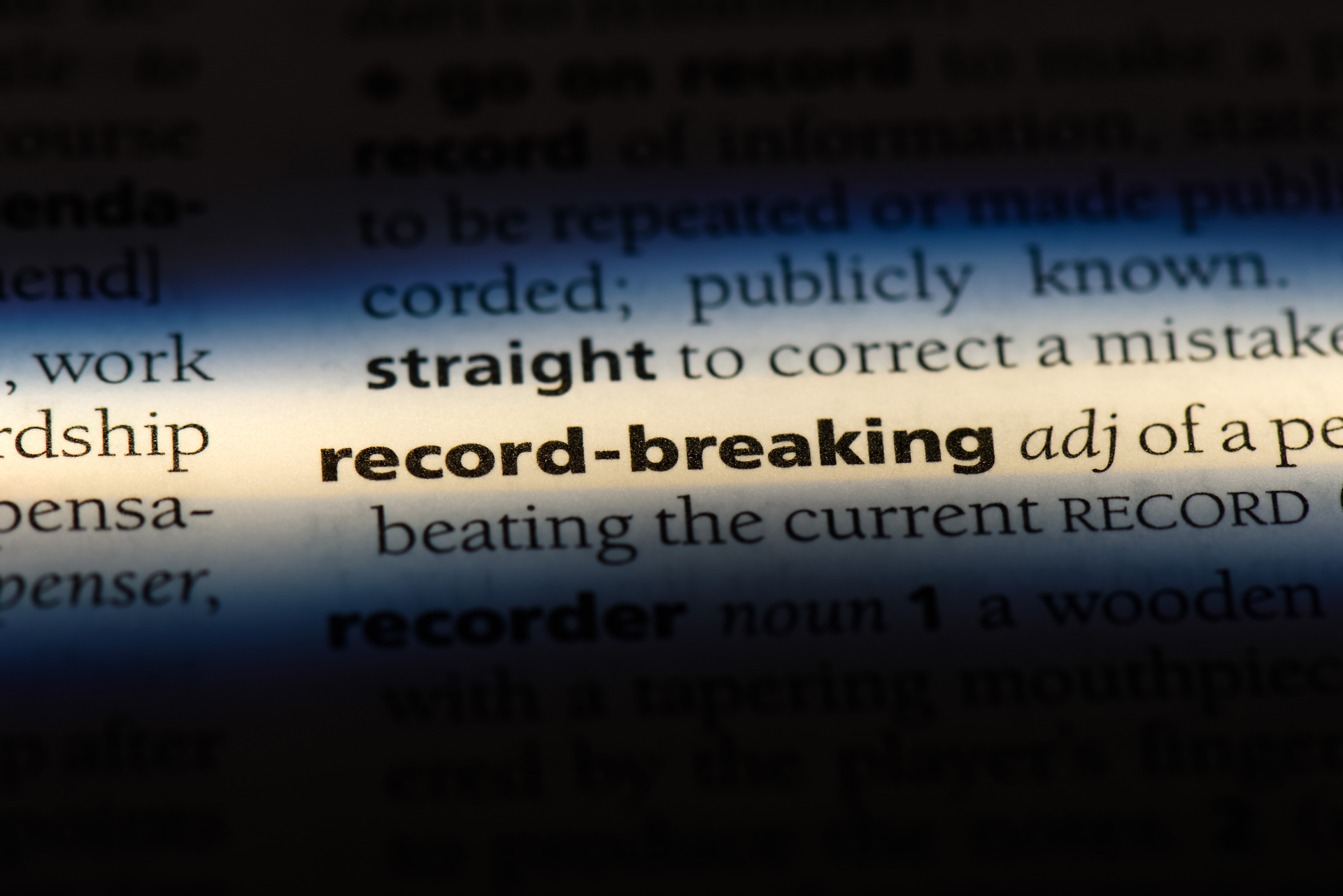Shannon Murphy, Managing Director and Head of Strategic Content at Jefferies, discusses the importance of bank and hedge fund partnerships in successfully maneuvering current market volatility. During periods of transition, institutions that can lean on adept and responsive partners are better positioned to seize opportunities in the face of adversity.
In the wake of the pandemic, the last 18 to 24 months have ushered in significant changes, compelling both banks and hedge funds to prepare for an uncertain future. Transparent and candid communication between the two parties is essential to both establish the terms of their partnership and preempt potential challenges to come.
Banks and hedge funds can learn a great deal from one another as they aim to build new core competencies in uncharted waters. As new pressure points arise, it is important that they rely on each other and communicate openly about their needs. Collaboration will help both parties prepare for the unexpected.
Increasingly, volatility stems from developments across various sectors, including those in which one may not be directly involved. Unlike previous crises, which unfolded over weeks or months, we now see repercussions materialize overnight. It is more important than ever that institutions seek out adept and responsive partners, as opportunities to contain volatility may disappear in mere days.
Transparency and partnership are the two critical factors, intertwined and indispensable. Transparency, alone, is insufficient. It is critical to understand the multifaceted requirements of an organization and leverage a firm’s full range of expertise to address every need.
Hedge funds are not a homogenous group. The alternatives industry is incredibly varied and mature, with a continuing trend of innovation. While hedge funds invest in various asset classes, strategies, regions, and new products, they also need other key elements to thrive through volatility. These include treasury management, financing, asset raising, and pipeline management.
In a full-service bank, these key elements are readily available, and clients are likely aware of whom to contact with specific issues. Whether it’s a question about a new product, trading strategy, risk management query, or front-to-back support, clients have fast access to the right expertise. Establishing comprehensive relationships that cater to these diverse needs is critical – and particularly in the 2020s, which differ significantly from prior decades.
At present, the most efficient way for investment banks to collaborate with hedge fund partners is through a comprehensive, holistic approach. This involves exploring new strategies, products, and asset classes, as well as navigating periods of high and low deal flow. However, banks can add value across the entire industry by providing financial solutions and optimizing treasury management for hedge funds. By offering a full range of services, banks can substantially impact various aspects of hedge fund operations. This end-to-end servicing is vital in establishing and maintaining successful partnerships.
Our focus is on two key insights: first, forming partnerships that can withstand periods of volatility, and second, fostering new relationships that enable continuous mutual learning. The best method for avoiding stagnation and complacency is embracing new ideas. Whether it’s navigating the dot com bubble burst, the Global Financial Crisis in 2008, or dealing with the fastest-moving interest rate environment since the 1970s, progress is key to weathering turbulent times.
Today, many of our discussions either come from clients we haven’t heard from in some time, or from new clients seeking fresh insights. In this digital age, information is readily available at our fingertips – but data without context is meaningless. It fails to illustrate its significance to a specific investment process or risk management procedure. During periods of transition, it is crucial to collaborate with the right partners and obtain their insights. When crises are being measured in minutes and hours, you need to know the first phone call you make is the right one.



